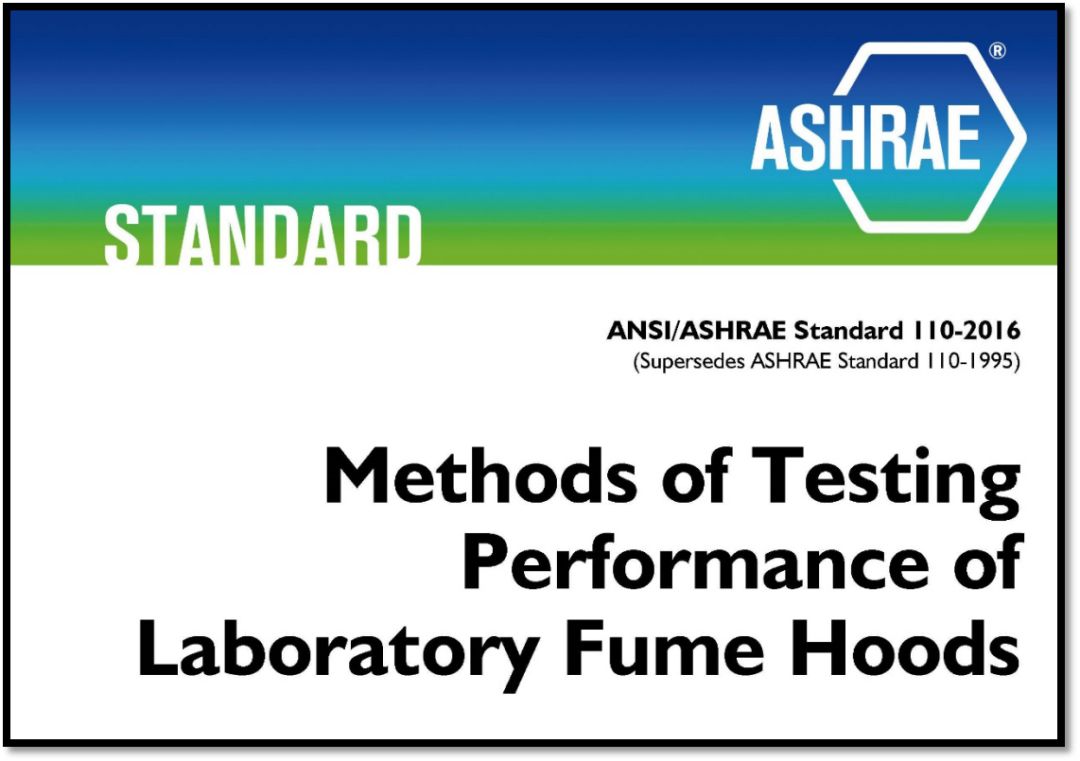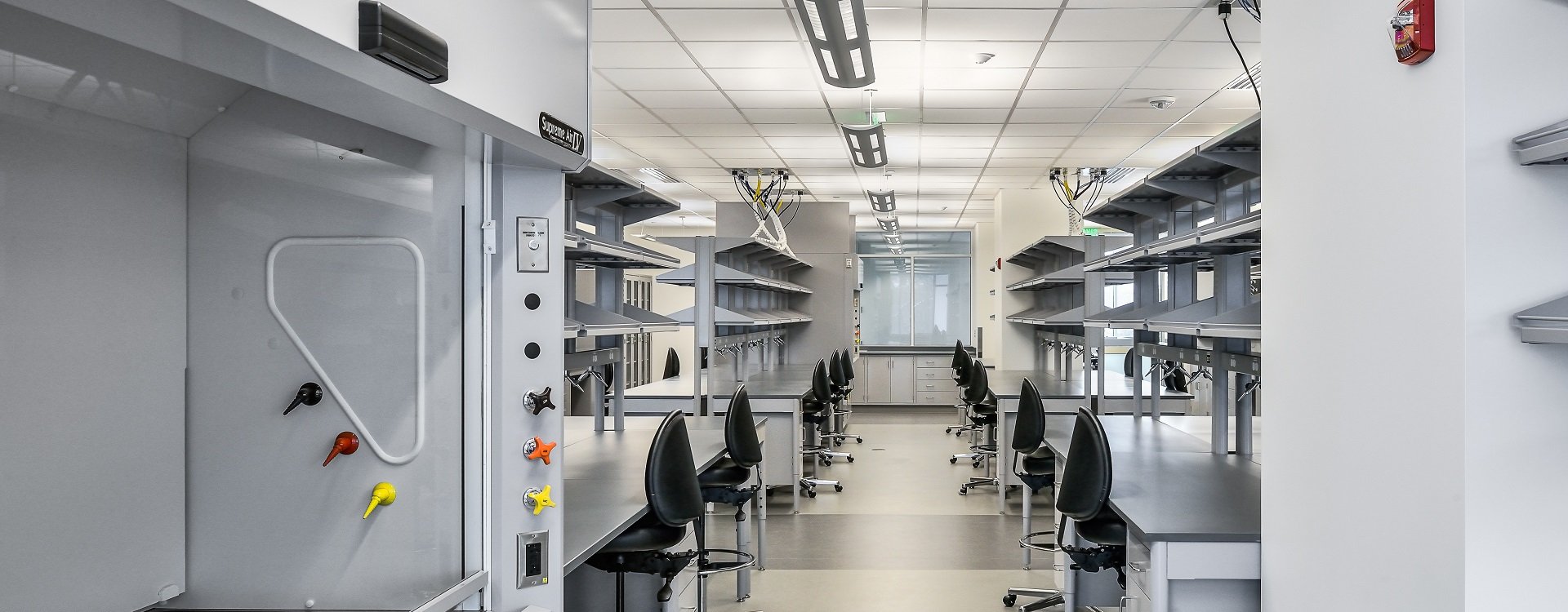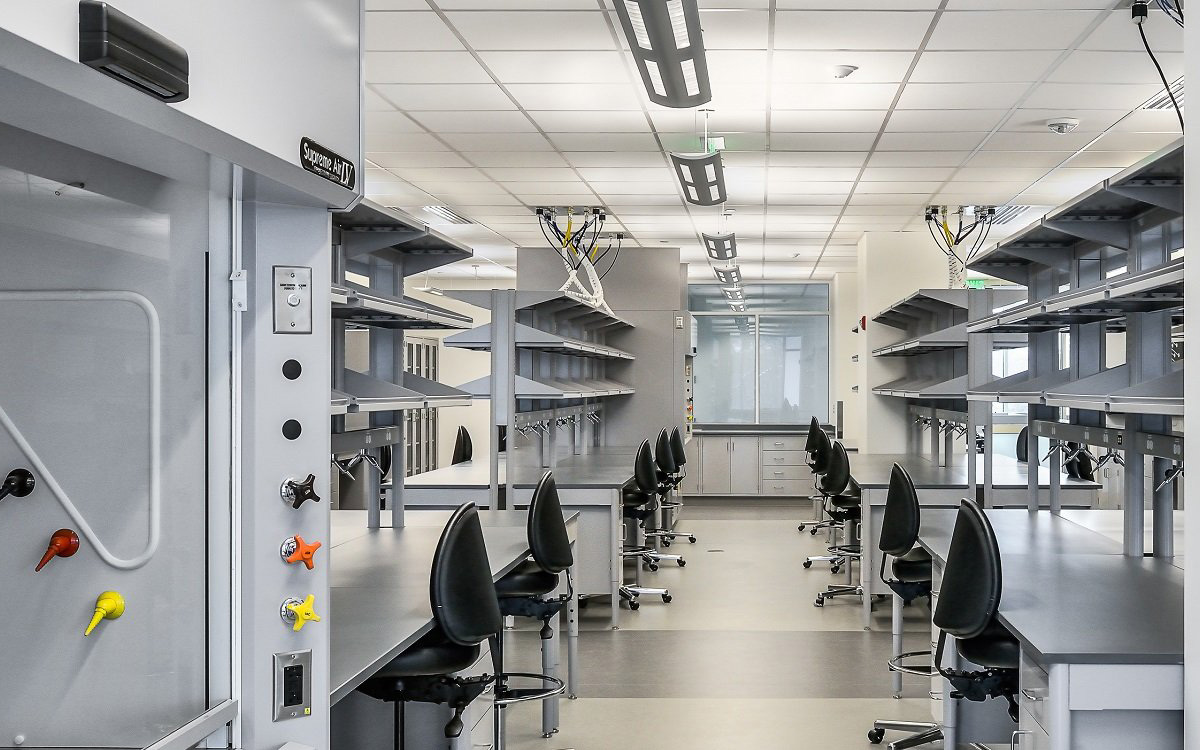通风柜标准性能测试实验室(上)
发布日期:2024-04-09 来源:软旗科技 分类: 技术文章本文内容导航
1. 引言
2. 为什么需要通风柜标准性能测试实验室
3. ASHRAE 110-2016通风柜标准性能测试实验室要求
4. EN 14175通风柜标准性能测试实验室要求
5. ASHRAE 110-2016和EN 14175-3:2019兼容性能测试实验室的要求
6. 如何判断第三方通风柜测试实验室是否满足标准
A、拥有符合标准要求的测试实验室
B、拥有符合标准的测试工具
C、拥有第三方检测资质(CMA和CNAS)
a)如何查询CMA资质确认
b)如何查询CNAS资质
通风柜是实验室污染物最重要的控制设备之一,在实验室空气质量的控制起着重要的作用。通风柜制造商必须通过成功的污染物控制测试来证明其产品的有效性。评估通风柜性能是实验室污染物控制重要的环节。对高效的污染物控制设备(通常是通风柜)的需求是真正具有国际化的。大部分实验室工作人员都想拥有安全的工作环境。
通风柜标准性能测试实验室是通风柜研发和第三方测试必不可少的,它也让不同国家,不同厂家生产的通风柜性能数据具有可比性成为可能。
通风柜性能测试(型式测试或者AM测试)有严格的环境和测试硬件要求。本文将详细介绍ASHRAE 110-2016和EN 14175-3:2019两个不同方法对测试环境的要求,并给出建立通风柜标准测试实验室的一些注意事项,为有志于建设标准测试实验室的通风柜制造商或者第三方公司提供参考,也为客户选择第三方通风柜性能测试公司提供参数的依据。
必须强调,任何不满足标准要求的测试实验室,其测试的数据将是无效的。
关于通风柜标准性能测试实验室,应该从ASHRAE 110-AM/EN 14175-3测试说起。AM测试/型式测试的目的是在完美的条件下测试通风柜的设计。通风柜是一个关于空气动力学和流体力学的产品,任何影响流体行为的条件都会对通风柜的性能产生影响。为了避免外在的因素对通风柜性能产生影响,就必须有一个标准的测试环境。
另外一个重要的原因是,全世界范围内,有很多制造商,为了生产的通风柜性能具有可比性,测试的条件应该是一致的。标准的测试实验室为不同国家,不同厂家生产的通风柜性能参数具有可比性成为可能。
ASHRAE,美国暖通,制冷和空调工程师协会,是“一个致力于通过建筑环境的可持续技术增进人类福祉的全球协会。”包括建筑系统,能源效率,室内空气质量和可持续性,涵盖从住宅和个人车辆到商用飞机的HVAC系统,当然还有科学实验室的所有系统。它的历史可以追溯到1894年,使其成为行业内标准,操作实践,研究等领域的首要来源之一。
ASHRAE标准110,或简称ASHRAE 110,解释了一种测试实验室通风柜性能的方法。基本上,它概述了用于确定通风柜的污染物控制能力(例如捕获和排出废气)的定量测试方法。ASHRAE 110 是目前世界上适用范围最广的通风柜测试标准。

▲ASHRAE 110的最新版本是2016版
关于通风柜性能测试实验室(AM测试实验室)需要满足的标准条件,ASHRAE 110-2016在章节5,测试条件(5. TEST CONDITIONS)给出了详细要求:
5. TEST CONDITIONS
5.1 Room Ventilation
5.1.1 Field Test Requirements. Room ventilating systems, both supply and exhaust, including the fume-hood exhaust, shall be in full normal operation.
5.1.1.1 Airflow systems in the laboratory shall be properly commissioned prior to beginning the test. This includes calibration of airflow controls; calibration of automatic temperature controls; balance of supply air; completion of a duct traverse on the exhaust duct and, if used, on the auxiliary air duct; and completion of an air balance of the total exhaust flow. If the laboratory has standard procedures limiting the number of hoods in use at any one time, the conditions of use corresponding to the standard procedures shall be established.
5.1.1.2 The temperature of the room shall be typical for laboratory use, nominally 72°F±5°F (22°C±2.7°C).
5.1.2 Manufacturer’s Test Laboratory (AM Testing).
The following additional requirements shall apply when testing in a manufacturer’s test laboratory.
5.1.2.1 The manufacturer’s test laboratory shall not have excessive drafts or crosscurrents. Measured crosscurrents in an area 1.5 ft (0.5 m) from the face of the hood shall be no greater than 30 fpm (0.15 m/s).
5.1.2.2 The manufacturer’s test laboratory shall have room pressurization control capable of measuring and maintaining a pressure differential of 0.02 in. of water (5 Pa) below the static pressure outside the test room.
5.1.2.3 The manufacturer’s test laboratory shall have the hood volumetric flow measured in accordance with ASHRAE Standard 41.2, Standard Methods for Laboratory Airflow Measurement.3
5.1.2.4 The manufacturer’s test laboratory shall have the hood static pressure measured at the exit plane at the top plane of the collar(s) in accordance with ASHRAE Standard 41.3, Standard Method for Pressure Measurement.4
5.1.3 Reporting. The report for an “as manufactured” (AM) test shall include a sketch of the test laboratory that documents the location of the test hood and any equipment that might affect hood performance. In particular, the sketch, or accompanying text, shall identify the location and type of supply fixtures, the supply air system, and the supply air controls (volumetric flow, temperature, pressure, etc.).
5.3 Background Level
5.3.1 Zero Background Test. Before beginning the testing and frequently during the testing period, verify that the instrument is adequately zeroed.
5.3.2 Background Tests. Occasionally during the hood testing, verify that the room background has remained below the detection limit. Background levels of contaminants can be observed if the ventilation system demonstrates reentry or if the laboratory releases compounds that are detected by theinstrument.
5.3.3 Test Results. If air contaminants are sensed by the detector as tracer gas at more than 10% of the presumed control level, use of such materials shall cease until background readings fall below 10% of the presumed control level. Otherwise, substitution of another tracer gas meeting the requirements of Section 4.1.2 shall be implemented.
整理相关内容并翻译如下:
以上就是ASHRAE 110对AM测试条件的规定,它给定了测试所需要的条件参数。它作为判断一间测试实验室硬件和控制是否满足标准的全部依据。





